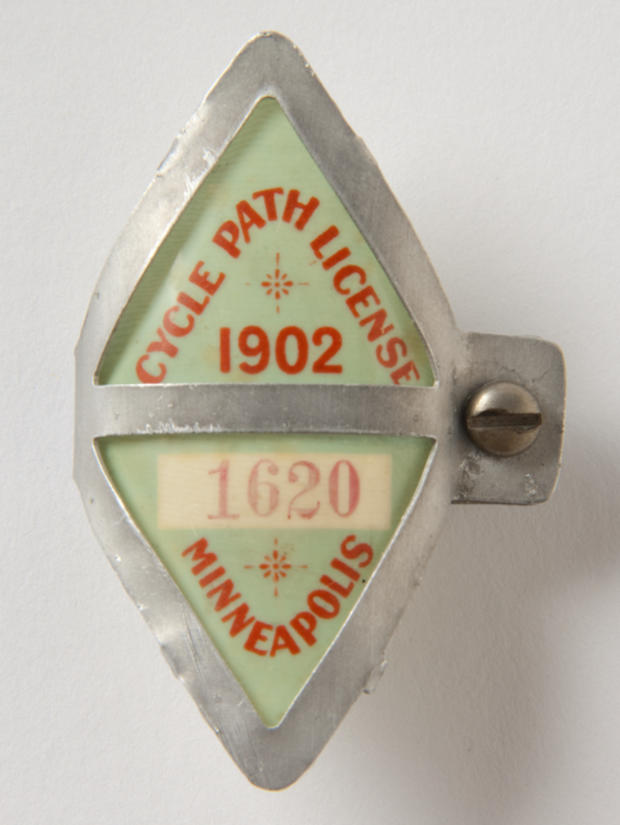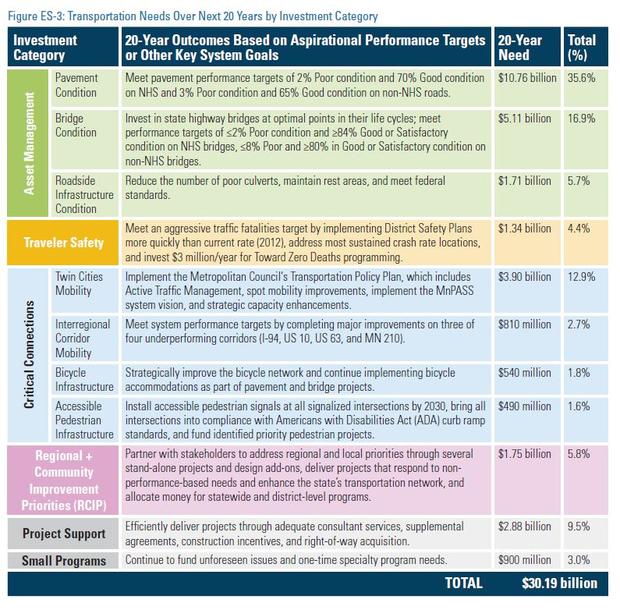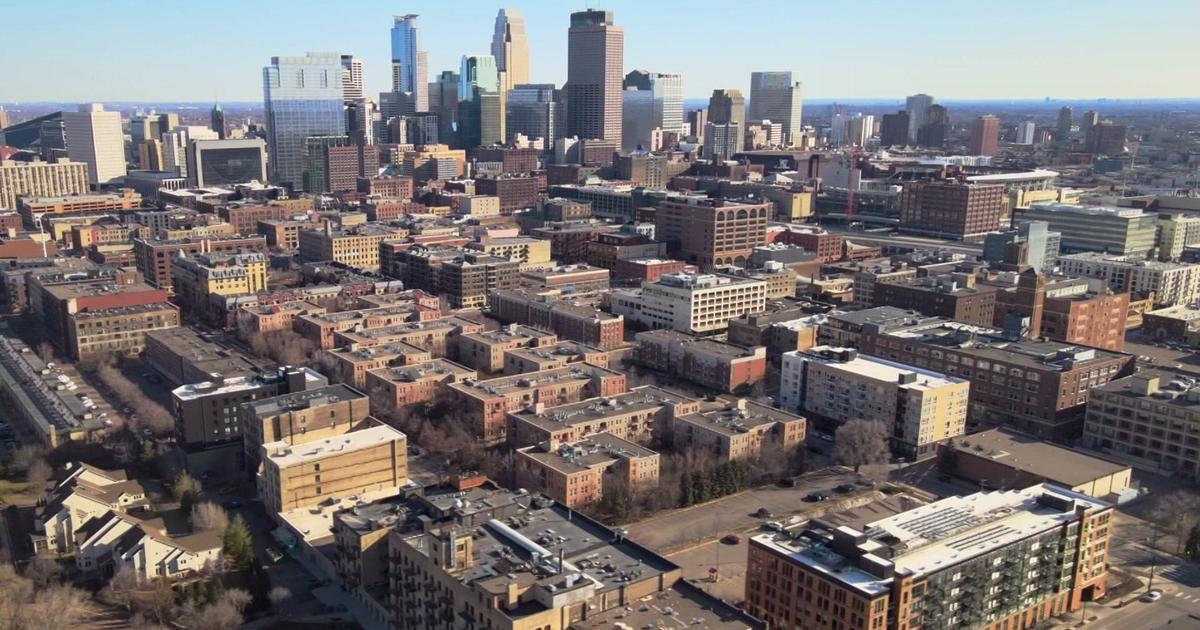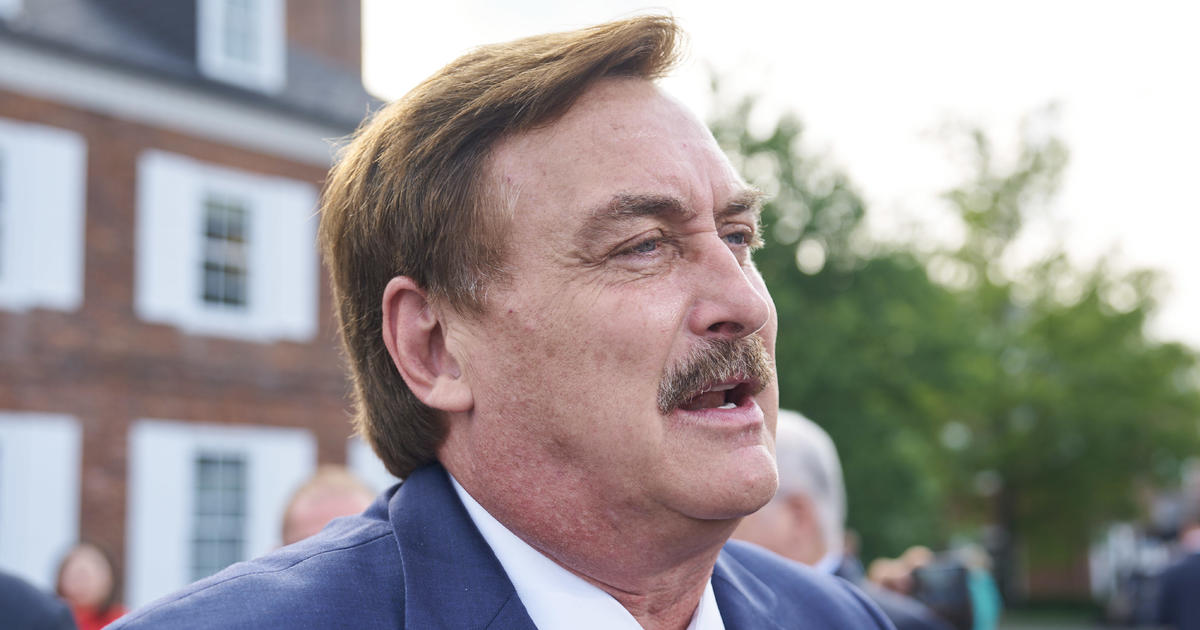Guy On A Bike: Paying for Bikeways
For the better part of the past decade, the Twin Cities has been heralded as one of the best areas in the nation for cyclists, despite six months of frigid temperatures, icy roads and corrosive salt.
As the popularity of cycling continues to grow, government agencies from the feds down have increased spending on bicycling infrastructure and upkeep. Every year it seems as if miles of new black ribbon open up to enthusiastic riders.
Additionally, the number of protected bicycle lanes is on the rise, at times resulting in the reduction of lanes for motor vehicles. The expenditures for these capital projects are in the tens of millions. In fact, the Federal Highway Administration has given $272 million to Minnesota for pedestrian and bicycle projects since 1999.
Often, when I read any articles about these types of projects there are comments, such as this one posted by ZoomZoomDiva on one of my previous cycling blogs:
If cyclists want investments in bike-specific infrastructure, we need to start seeking bike-specific means of funding that infrastructure. At this point, we expect other forms of transportation to fund significant percentages of their infrastructure costs, and then we take away from those sources for bikes and transit.
So, should cyclists be paying for the infrastructure they use?
The concept of a user fee is not new to the world of cycling. At the beginning of the 20th century, when automobiles were still out of reach for many, cycling was king. As such, the demand for bicycle paths was extraordinary. To pay for these new pathways, the city of Minneapolis imposed a mandatory cycle path tax, with monies collected going towards new trails and maintenance of those already in existence.
At the beginning of the cycling season in 1901, the city had sold more than 26,000 tags and the number was expected to increase by 10,000 by autumn. Just four years later, a group of cyclists was complaining to the city about a lack of proper maintenance, to which assistant city engineer E.R. Dutton replied, "Many of the loudest kickers use the paths and have no tags." The use of pathway tags died, along with the early popularity of the sport as cycling fell out of favor.
Since the two-wheeled Renaissance began, there has been an effort to increase the number of pathways, protected lanes and other facilities for cyclists. With that comes a cost, running in the hundreds of millions of dollars.
Some of those who never utilize these facilities are crying foul, demanding that cyclists pay for the infrastructure they use. And the idea seems to be gaining some traction.
In its 2013 transportation package, the state of Washington considered tacking on a $25 tax to every new bicycle sold over $500. And in 2011, Minnesota State Rep. Greg Davids proposed a bill which would require cyclists to purchase a $10 annual (or $2 daily) trail pass for the use of state trails.
While these proposals didn't pass, they highlight a growing desire by some to make cyclists pay for what they use. Currently, all bicycles in the state of Hawaii are required to be registered, at a cost of $15. And while the funds collected won't cover the state's entire bicycle-related infrastructure costs, this money helps the state recover some of the money spent on bicycle-related projects.
On the other side of the coin is the argument these systems lead to a better quality of life and, as such, the cost should be shared by the entire community. The Federal Highway Administration launched a 4-year, $100 million pilot program in four communities, including Minneapolis, with the goal of increasing pedestrian and bicycle traffic. At its conclusion, in 2012, a report submitted to Congress indicated that benefits of the project included increased cycling, better health and reduced carbon emissions and fuel consumption. A 2014 update to the report indicates that the use of cycling, as a method of transportation, is still on the rise in Minneapolis.
Additionally, almost every cyclist I know also owns a car and, as such, pays tab fees, a wheelage tax and gas taxes. That money goes into the general budget of the Minnesota Department of Transportation, which funds roads, bridges and bike lanes.
Over the next 20 years, MnDOT needs $30 billion to fund capital improvement projects. Of that, only 1.8 percent ($540 million) will go towards bicycle infrastructure (see table below), while more than $17 billion will go towards improving roads and bridges for automobile traffic.
Another argument could be made that our cycling infrastructure isn't any different than parks. Thanks, in large part, to Theodore Wirth, Minneapolis has a wonderful network of parks and greenspace for all to enjoy. If people had to pay every time they wanted to run around Lake Calhoun, or frolic in the wading pool at Bohanon Park, would we really be better off?





